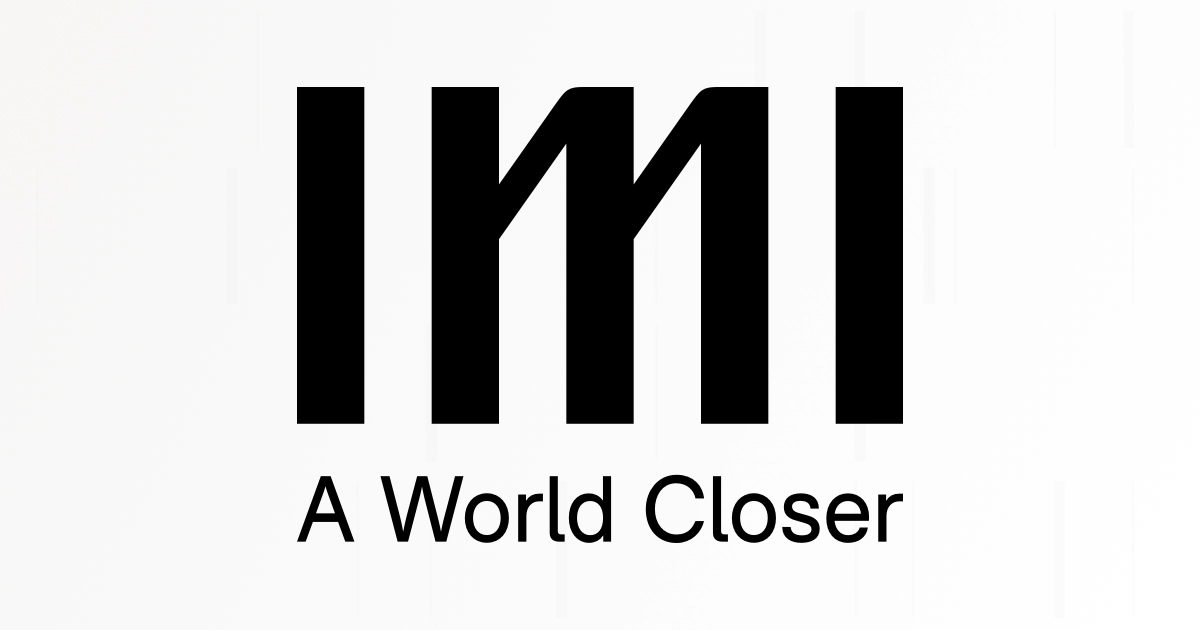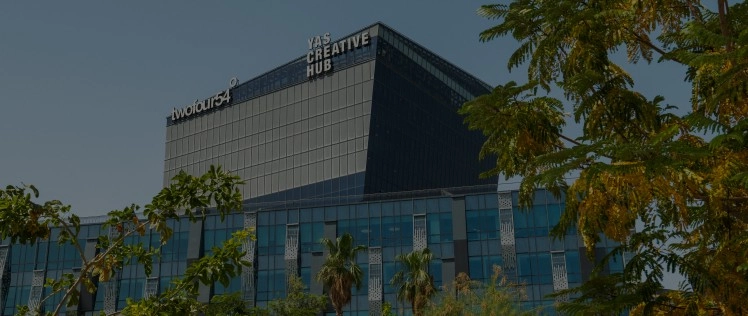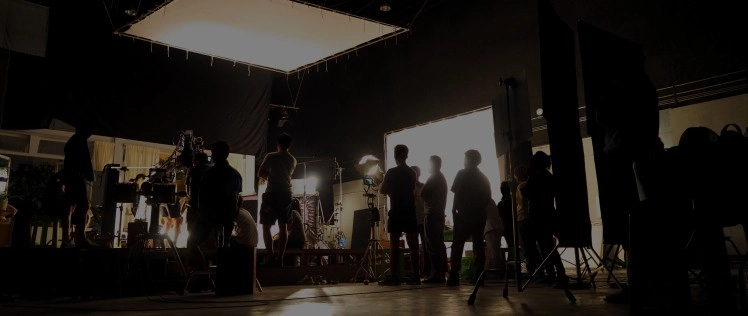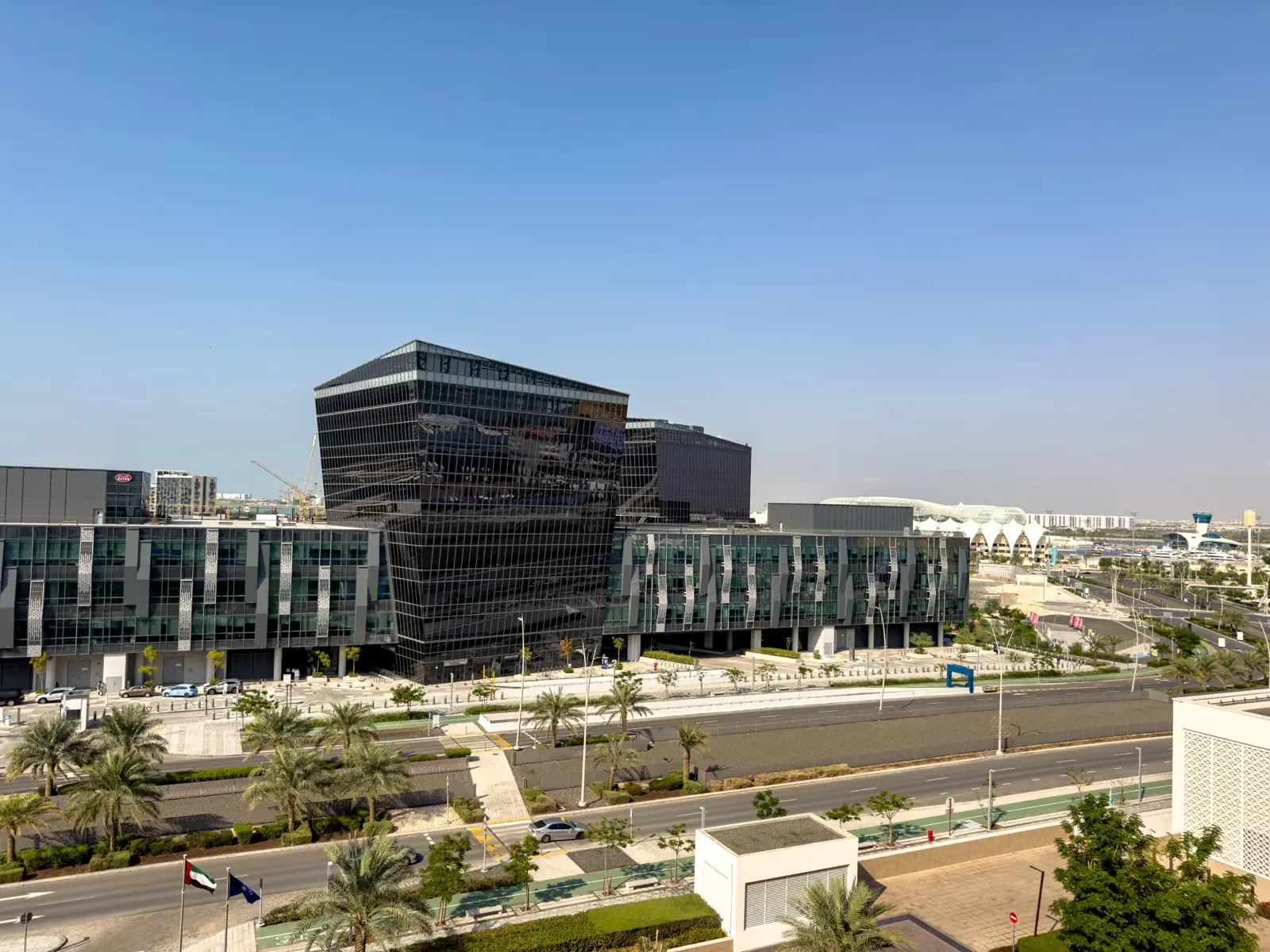
What is the future of the media industry looking like?
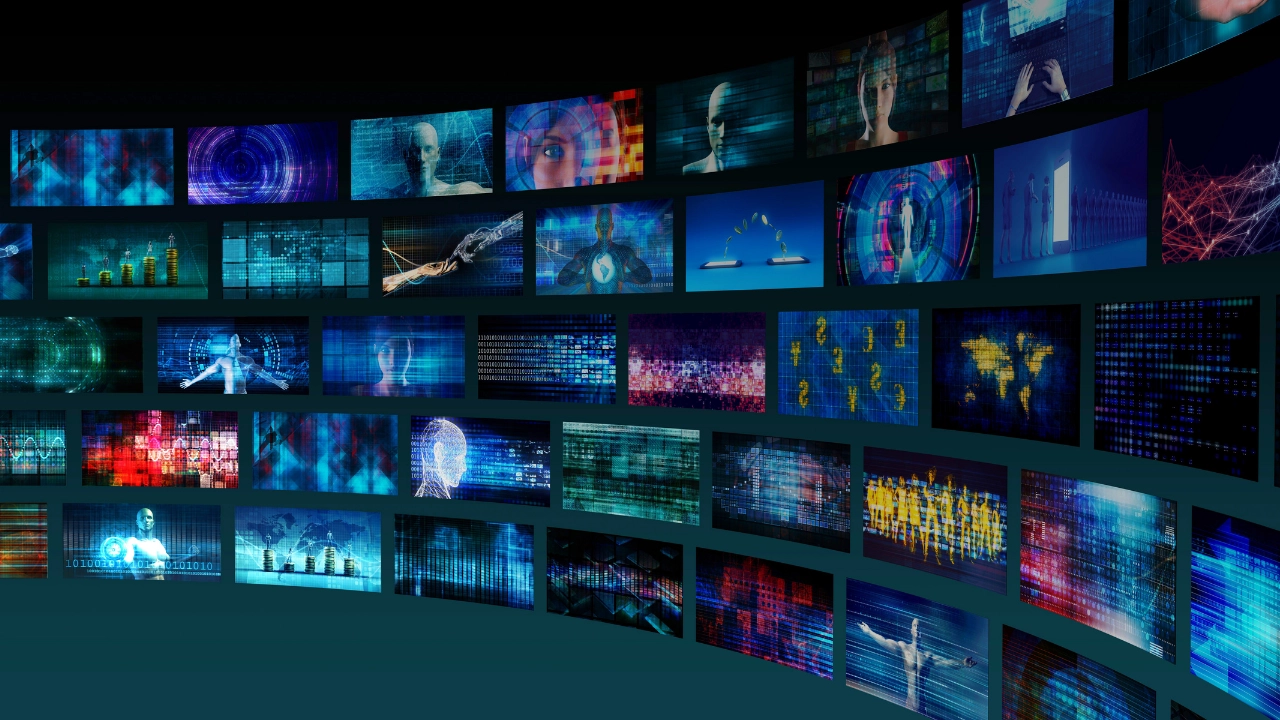
The future of the media industry is being rewritten in real time. As digital landscapes develop, media professionals - whether in broadcasting, publishing, film, marketing, or creative industries - are navigating unmatched transformations. Conventions are being questioned, consumer behaviour is changing, and AI-driven technologies are rewriting content creation, delivery, and interaction. At the same time, media professionals are seeking a variety of services, including business setup, freelance business setup, and business support to establish themselves in this evolving landscape.
Media industry transformation is already underway
The future of the media and entertainment industry is happening right now; it is not some abstract idea. Digital-first platforms are challenging legacy broadcasters; audiences are seeking hyper-personalised content; and artificial intelligence is availing unimaginable effectiveness. The rise of dedicated production facilities and infrastructure hubs such as Yas Creative Hub is supporting this transformation by providing cutting-edge spaces for content creation, production, and collaboration.
At the core of this transformation is a seismic shift in consumer behaviour. Audiences now expect interactive, on-demand, highly customised experiences; they are not passive consumers of content. With YouTube and TikHub taking the stage in digital entertainment, the emergence of connected TV (CTV) and social-driven content platforms has revolutionised engagement. Connected TV penetration reached 88% in the US in 2023, and with global engagement expanding, the traditional one-size-fits-all broadcast model is declining.
AI: The engine of the media industry’s next phase
Artificial intelligence is a vital driver of growth rather than an experimental technology now. AI is simplifying manufacturing processes, improving audience targeting, and allowing real-time content personalising. Artificial intelligence-powered solutions are transforming pre-visualisation, automating post-production, and even helping with dubbing and localisation in film and television production. For content creators, flawless AI’s TrueSync allows smooth dubbing while maintaining genuine lip motions and facial expressions, unlocking worldwide markets.
For businesses, AI-driven automation is supporting operational efficacy. AI models are optimising metadata tagging, reducing content discovery friction, and enhancing programmatic advertising. Additionally predictive analytics are influencing editorial and marketing decisions, which ensure media businesses match their content with actual audience demand, instead of preconceptions.
Personalised media experiences will dominate the future of media
The future of media is personal. The days of mass broadcasting to passive audiences are bowing under the demand for hyper-personalised engagement. AI-driven recommendation engines are underpinning streaming platforms like Netflix and Spotify, with this trend spreading beyond entertainment. AI is being leveraged to develop individualised reading lists, tailoring headlines, and even adjusting content tone based on reader behaviour across a broad spectrum, including news platforms, digital magazines, and content aggregators.
Obviously, advertising has not escaped this level of customisation. AI is delivering programmatic advertising, delivering content directly to the right person at the right time, significantly improving engagement rates. Social media platforms are leading the charge, with 66% of global ad spend now directed towards digital video, surpassing traditional TV investments.
The rise of experiential media and hybrid monetisation models
Content strategies now centre primarily around experiential media. As viewers demand more immersed engagement, the media and entertainment sector will witness a mix of digital and the real-world. Themed entertainment, live experiences, and interactive media formats are already becoming revenue-generating avenues for studios, broadcasters, and brands.
Major players are investing in shoppable TV experiences, where content and commerce flawlessly blend, allowing viewers to purchase products directly from their screens. Retail behemoths like Amazon and Walmart joining the media scene will help redefine content monetisation. As consumers seek more choice and flexibility, hybrid revenue models—blending subscriptions, ad-sponsored content, and microtransactions—are poised to become industry standards.
The freelancer economy and new business setups
The future of the media industry is also decentralised. Independent producers, niche platforms, and freelance-driven media companies are upending the predominance of big studios and legacy broadcasters. Platforms like YouTube and TikHub have democratised video creation, therefore enabling small teams and individuals to reach worldwide audiences free from conventional gatekeepers.
Freelancers are now setting up business support services, leveraging production facilities, and utilising services like tawasol and Yas Creative Hub, which offer infrastructure and networking opportunities for media entrepreneurs.
Yas Creative Hub is also advancing new media formats with its portable podcast facility, enabling creators to produce high-quality audio content on the go. Independent media professionals and companies are using this adaptability to increase their reach without requiring fixed studios.
Business setup services tailored to media professionals are expanding, making it easier for independent creators to operate legally, secure funding, and scale their ventures. Rising in popularity as well are freelance business setup services, which provide simplified solutions for digital media professionals looking for independence and content producers. The rise of on-demand production services further levels the playing field, allowing smaller players to contend at a higher level.
The impact of regulation and data privacy
Privacy rules are tightening as media turns increasingly data driven. Data collecting, content control, and AI-generated media are among the stricter compliance standards governments worldwide are imposing. As consumers evolve to becoming more privacy-conscious, businesses will have to rethink their data strategies in line with the move toward transparency and ethical AI use.
Furthermore, influencing advertising is regulatory control. Third-party cookie phasing out, for instance, is prompting media firms to reconsider audience targeting and monetisation approaches. The media and entertainment industry will try to remain relevant in a privacy-first environment and will find first-party data, contextual targeting, and AI-driven behavioural analysis indispensable tools.
The future belongs to those who adapt
The future of media is not just about technology; it’s about adaptability. Whether they are freelancers, SMEs, or employees of big multinational companies, media professionals need to adapt to these changes if they are to survive. Those who use AI, customisation, and experiential engagement to create sustainable, audience-centric models will define the next chapter of the media and entertainment industry.
Companies must be ready to innovate constantly since the digital transformation is unrelenting. Opportunities are excellent regardless of your role content producer, marketer, media entrepreneur but only for those geared up to welcome the inevitable change.



-المنطقة-الحرة-بمطار-دبي-converted-webp.webp?v=1)
